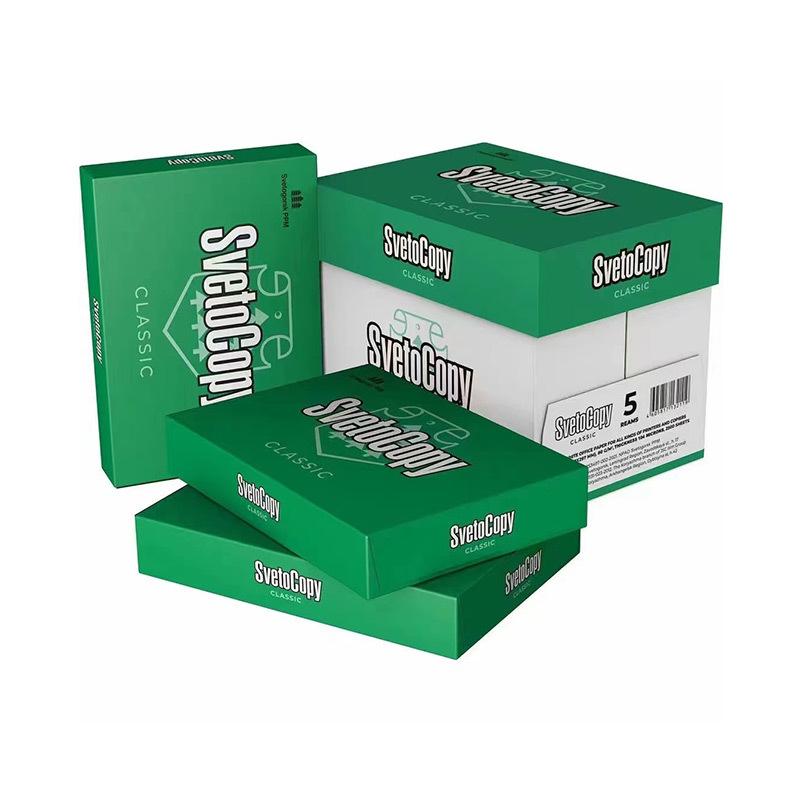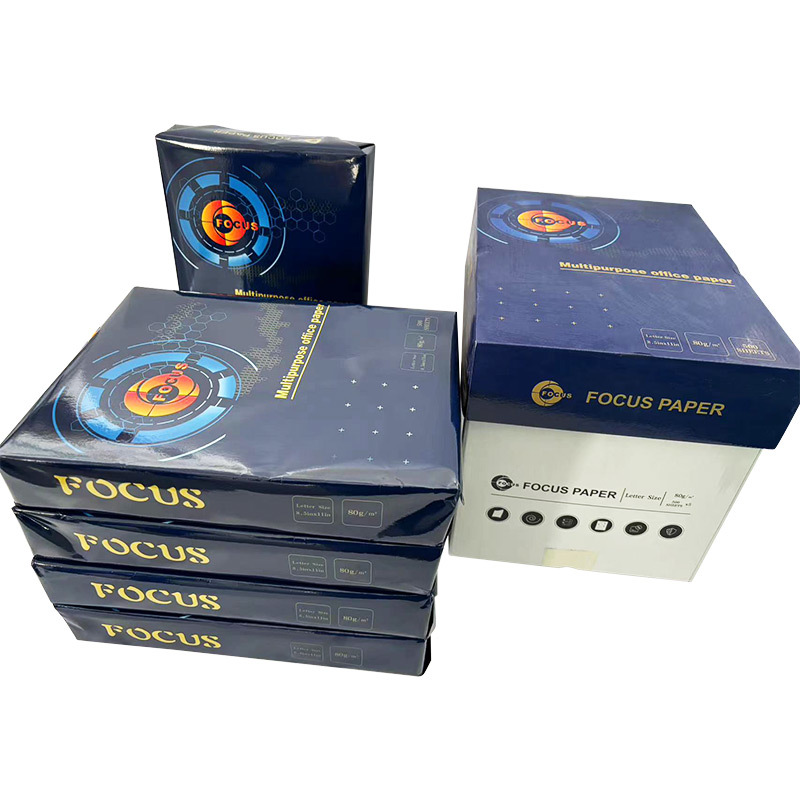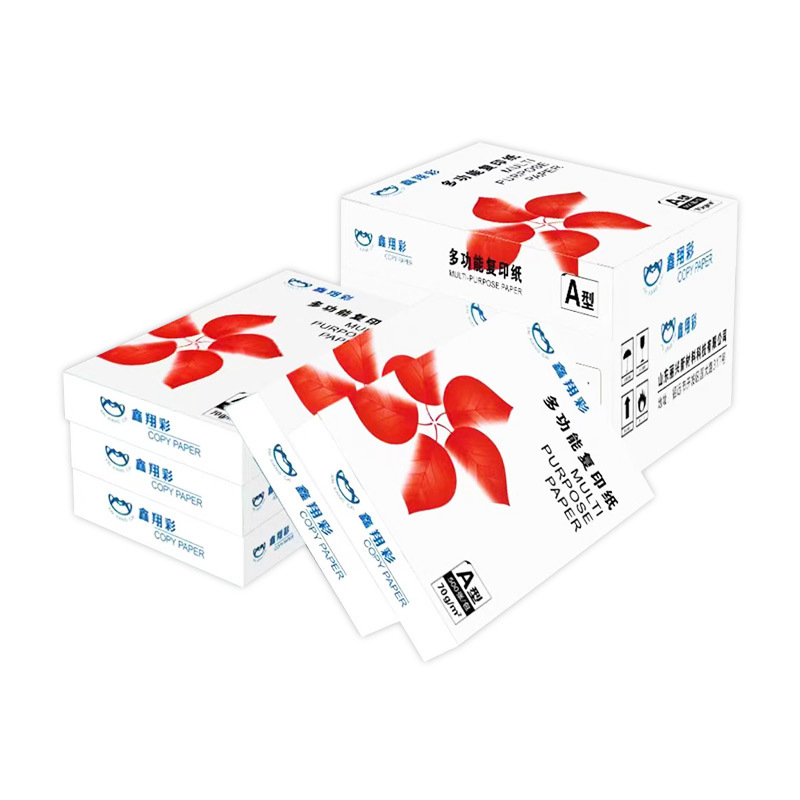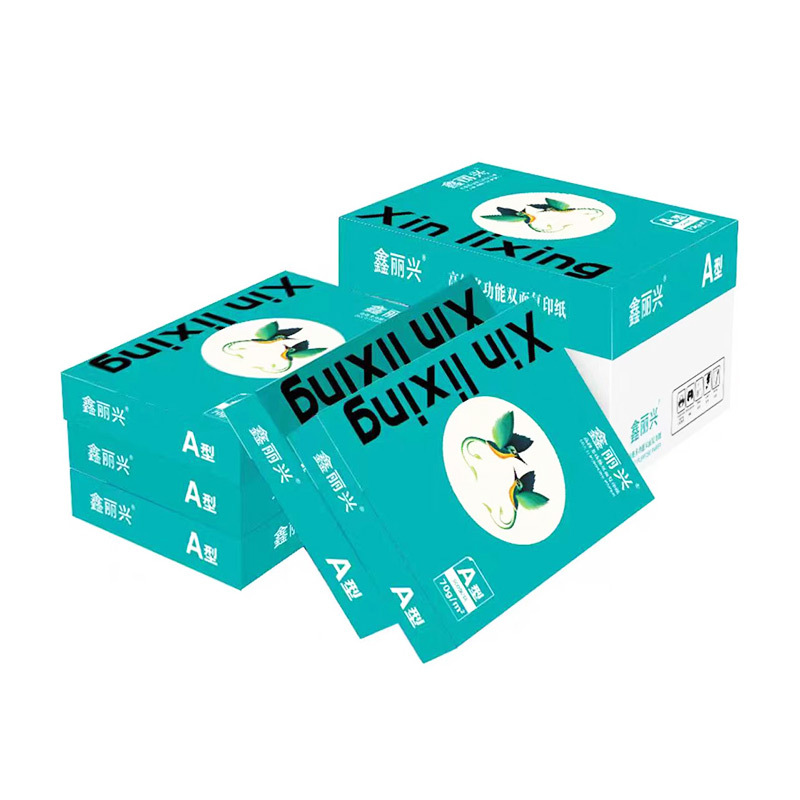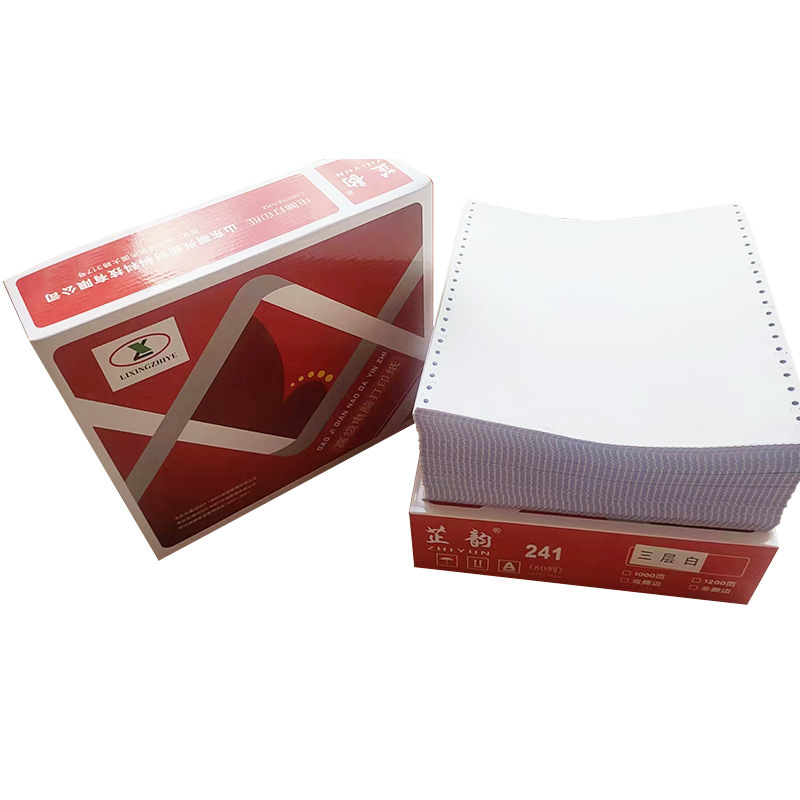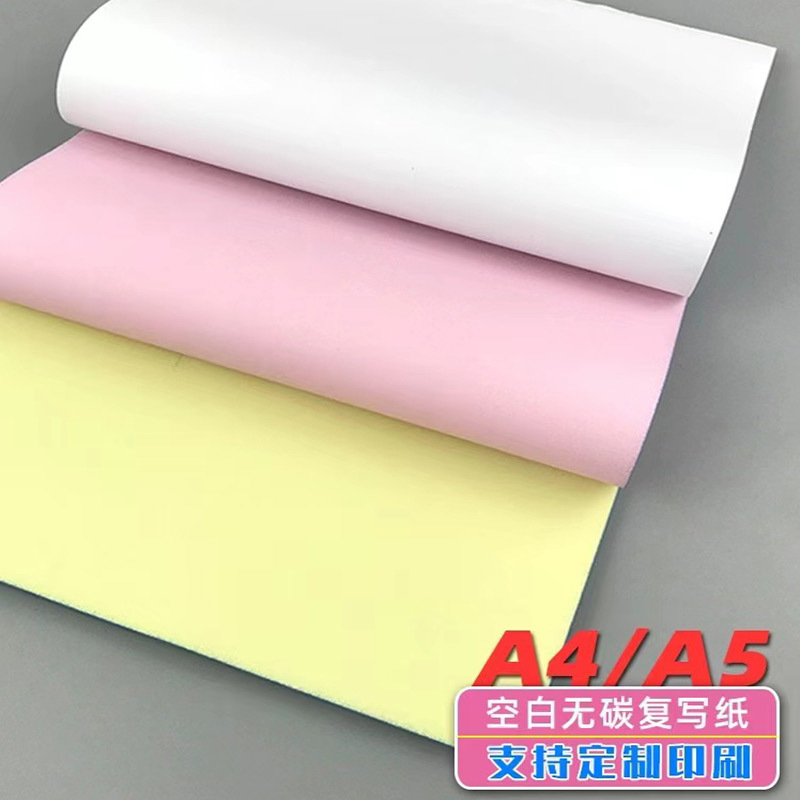20
2024
-
02
The choice of copy paper.
Electrostatic copiers use paper thickness, generally between 64-80 grams per square meter, and copiers can use between 50-200 grams per square meter of copy paper.
Thickness
Electrostatic copiers use paper thickness, generally between 64-80 grams per square meter, and copiers can use between 50-200 grams per square meter of copy paper.
surface luminosity
General electrostatic copy paper, the surface light can be slightly higher, if too smooth is not good for fixing, and not easy to cure. According to the requirements of single adhesive paper can be used (single-sided copy), if there is a double-sided copy of the copier, it is better to double adhesive paper. The surface of copy paper is preferably white.
density of paper
The fibers of paper are preferably dense and fine. Because the fiber of paper is too thin and too thick, one is to affect the quality of copy imaging (I. e. paper separation rate), and the other is easy to produce paper wool, paper scraps and dirty machines. In particular, the optical part of the dirty will cause the bottom ash of the copy. Paper is too brittle and easy to crack and cause paper jam, but also affect the long-term storage of copies and copies.
stiffness of paper
Some paper, although the number of grams is appropriate, is not necessarily suitable for copier use, because: weight and stiffness are two different things, and often due to stiffness is not good, in the transmission process a little resistance is wrinkled blocking. If there are two kinds of paper are 70g per square meter, but the fiber tissue of the paper is soft, the stiffness is poor, and the deformation and wrinkling are often jammed with a little resistance. Therefore, only the more (hard) paper can be suitable for electrostatic copiers.
damp of paper
Moist paper (paper with too much water content), due to reduced insulation performance, so affect the copy quality. Its performance is:
A, easy to produce paper jam phenomenon, especially the adhesion in the light conductor (drum) can not be separated, affecting the copy efficiency.
B, image, handwriting light, gray bottom. For example, in the rainy season in southern China, it will not be copied when it is serious.
C, heating easy deformation.
Therefore, the copy paper must be protected from moisture, and it is best to place it in a ventilated and dry place. Finished copy paper purchased from the store (500 sheets per pack), use up one pack and remove another pack. The bundle should not be opened before the order of paper is cut, and the cut paper should be stored as a stack of boards.
Cutting of Paper
The fibers of paper are divided into vertical and horizontal. If a flat plate is cut according to the direction of the fiber, then the long side is "longitudinal" when it is parallel to the fiber of the paper, and the short side is "transverse" when it is parallel to the fiber ". Electrostatic copying requires the fiber direction of the paper to be "longitudinal", because it is good, the resistance of the paper in operation is small (the running direction of the paper is consistent with the fiber direction of the paper), and it is not easy to tear.
The loading of paper
Although the loading and placing of paper in electrostatic copying is a trivial matter, there is also a certain degree of attention, otherwise it is easy to jam paper.
A: For semi-circular conveying copy paper (because the paper needs to turn 180 degrees), the light convex surface of the copy paper should be facing down, and it is not easy to separate if the concave surface is facing down. A horizontally conveyed copier with the light side of the paper facing up.
B: When picking up the paper, it should be stacked. Do not put the lower half of the upper stack of paper and the upper half of the lower stack of paper into the same paper supply cassette.
C: Before loading and placing the paper, the paper should be fully twisted to reduce the adhesion between the paper and the paper. The method is as follows:
(a) Take a stack of paper and hold both ends of the paper with both hands. One end should be squeezed tightly, the other end should be relaxed and squeezed, then bend to one side, then both hands should be squeezed tightly to straighten the paper to form a small arc, so that air can enter the gap of the paper. This action should be repeated in the other direction.
(B) Tuck, straighten, and then pull apart the cut part (knife edge).
(c) Hold one end of the paper and shake off the shredded paper and paper wool in the middle.




